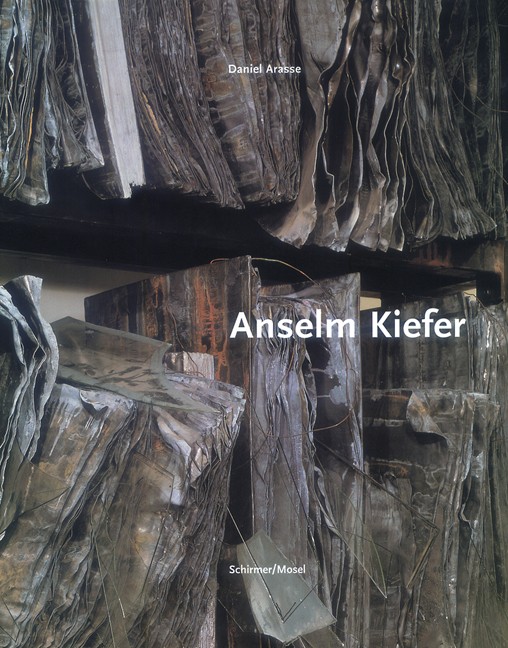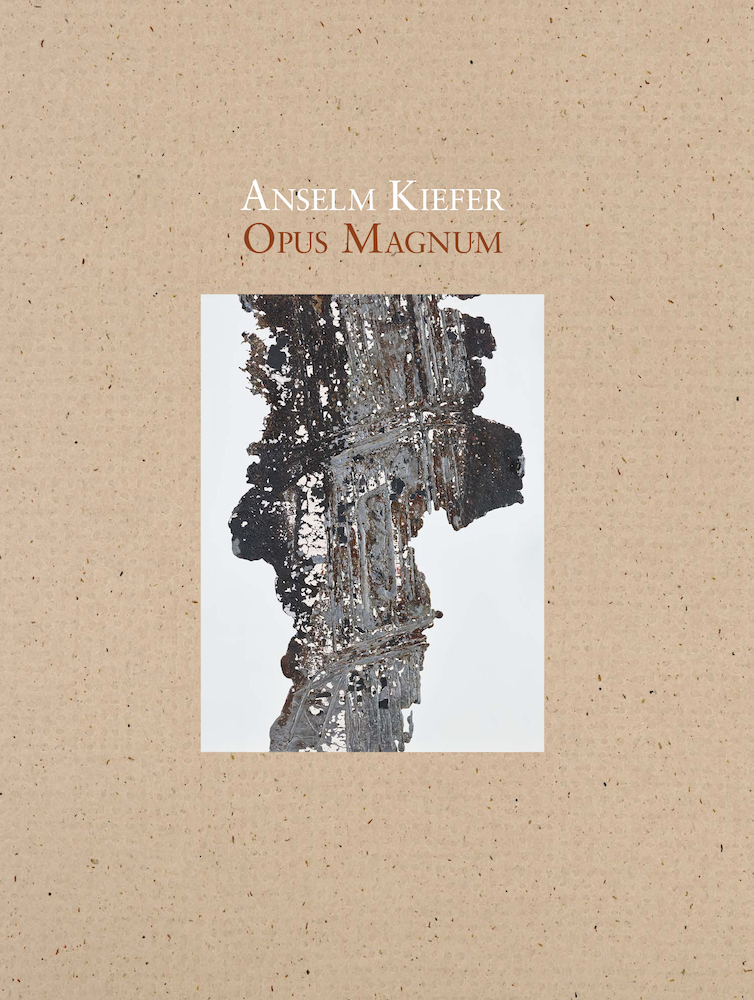 Anselm Kiefer – Schirmer / Mosel
Anselm Kiefer – Schirmer / Mosel
Given my art related emissions, it should not come as a surprise that I harbour a bit more than a weak spot for Anselm Kiefer and his oeuvre. Having lived in different countries across three continents, I have yet to not seize the opportunity to see one his incarnations in the flesh.
Fairly early on I realized that studying Anselm Kiefer’s body of work was a bit different from other artists I harbour an interest in, in that he more I get the chance to acquaint myself with him and the background of his artworks, the deeper I feel drawn into his idiosyncratic matrix, which at every turn offers another myriad of labyrinthine of dimensions that enhance the experience.
With Kiefer’s ever expanding new endeavours and exhibitions, every now and then it is great to take a step back to take in the facets of the philosophic, literary and theological mosaic that has matured over more than three decades.
It is then that art historians like Daniel Arasse help one to grind a new lens and detect new approaches to deciphering the ever-winding evolution of an intricately complex artists.
Schirmer / Mosel’s opulently illustrated monography on Anselm Kiefer sees Arasse take you by the hand to guide you down the rabbit hole of not only an artist, but traces of Germany’s and humanity’s history by shedding light on the sources and myths Kiefer refers to – be it ancient Nordic culture, the kabala, astronomy, alchemical practices, modern technology and everything in between.
While I own quite a book books that claim to encompass a “comprehensive” approach to capturing the essence of Kiefer, I find reading Arasse’s tome to be one of the more gratifying experiences. It certainly takes a bit of further research and initiative to work through the art historical references and scientific discourses that are weaved in, but it make the outcomes all the more rewarding.
Both for the uninitiated as well as the aficionado, I would recommend Schirmer / Mosel’s monography on Anselmo Kiefer as a must-have for anyone remotely interested in contemporary art as the way Arasse weaves a red thread through the book via illustrating the different media Kiefer works with and his faible for atavisms, serves as a metaphor for his artistic raison d’etre, existentialism and idiosyncratic school of thought. What Arasse’s elaborations culminate in is the conclusion that Kiefer’s DNA can be simmered down to his longing to fuse the individual with the cosmos through osmosis.
The fact that Arasse knows how to counterpoint seemingly dry topics with a refreshing wit and subtle humour paired with expertly documented details of Kiefer’s artworks, only adds to the experience.
 One of the more recent Anselm Kiefer exhibitions, which is currently on display at the Franz Marc Museum, is Opus Magnum. The exhibitions is centred around German history with a focus on national socialism and the holocaust, comprised of installations that were inspired by poems of two of the heavyweights of German lyricisms, i.e. Ingeborg Bachmann and Paul Celan.
One of the more recent Anselm Kiefer exhibitions, which is currently on display at the Franz Marc Museum, is Opus Magnum. The exhibitions is centred around German history with a focus on national socialism and the holocaust, comprised of installations that were inspired by poems of two of the heavyweights of German lyricisms, i.e. Ingeborg Bachmann and Paul Celan.
Again exquisitely illustrated, the accompanying catalogue not only showcases the exhibits but further elaborates on the mythical and historical contexts that inspired how Kiefer channelled his alchemy thematically.
What is particularly interested about Opus Magnum is that fifteen contemporary writers were invited to bring to paper what the still lives invoked in them along with ensuing dialogue.
Balancing literature and the arts, Opus Magnum is another inspiring tome with Schirmer / Mosel’s trademark to detail, which helps to revisit the exhibits as it opens new angles and horizons.